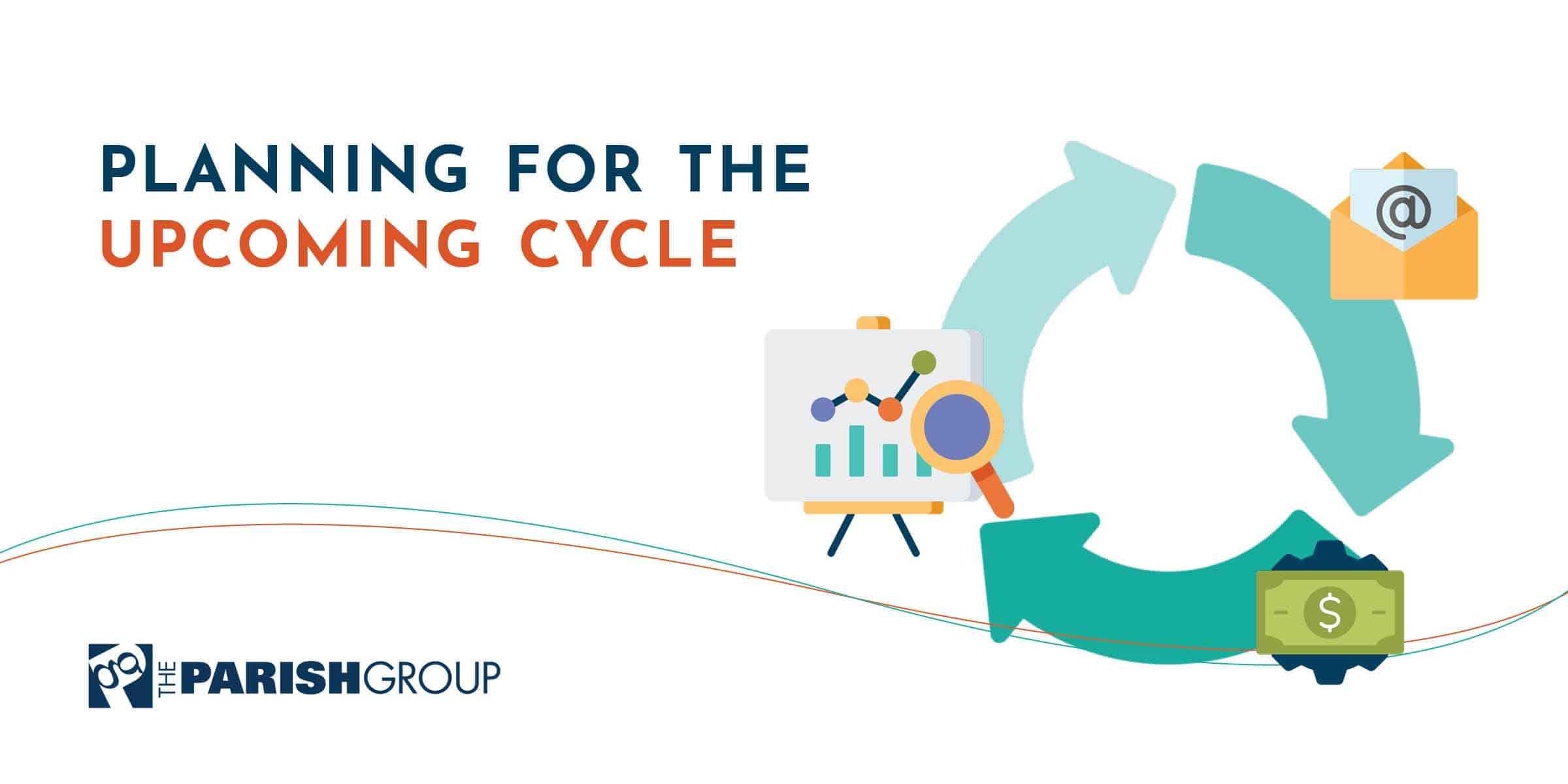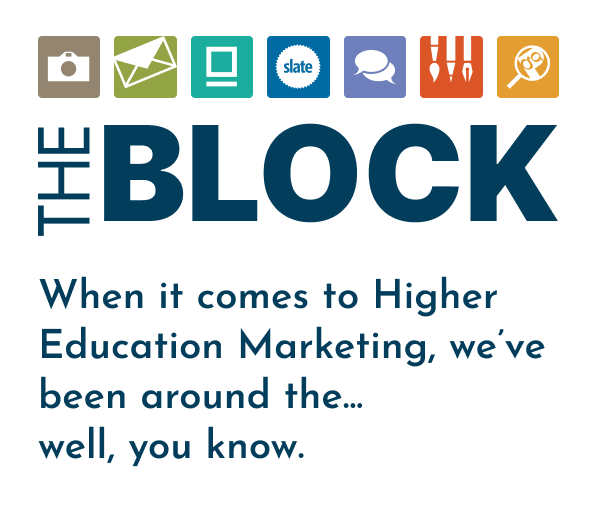
What are you going to do differently?
As we are closing the door on a ridiculously hard recruitment year, higher ed leaders should be evaluating programs, making plans, and setting goals for the next class. Taking a deep dive into your communication flow, social media strategy, and financial aid will allow for stronger outcomes in the future.
The key here is: what are you going to do differently?
If the spring and summer of 2020 have taught us anything, it is that you cannot take anything for granted.
Just because you were up in applications and acceptances (maybe even early deposits), did not mean that your census numbers ended up where you wanted them, or even where they were trending.
So, now what?
Optimizing the Funnel
Our industry has dreamed for years about funnel optimization.
Making it a “cylinder,” or increasing yield, it all boils down to building a strategic plan and having a communications strategy that backs it up.
Defining what makes you different starts with your initial outreach.
Personalized communications do not only mean Dear (student name), apply today. It means understanding your prospects.
Communicate with them their expressed interests. Tell them about the majors they have listed in inquiry forms, on your app, in virtual open house/visits, or even over the phone/text. (That does still happen.)
Are they from a particular region? Quote someone (professor/current student/alum) from their home state.
We collect a lot of data. Use it.
Finding Prospects
With standardized testing at a virtual standstill and schools adopting more test-optional/blind admissions requirements, name purchase options are becoming scarce.
It will be even more important to diversify ways to identify new student prospects through traditional and new sources. Look to paid search and earned media to extend your lead generation strategies.
Name vendors are still selling names, but this will involve resetting processes and expectations. Alternatives may be college search sites like Niche and Cappex.
If you’ve been like most institutions, recruiting future classes has taken a back seat to making the current class.
Institute a multi-class recruitment strategy to have a continual cycle of inquires that are familiar and comfortable with your school brand. This should start in your backyard. You must own it!
Your admissions staff is the front line. The way we used to do things is changing, probably forever.
Take the time to retrain staff with developing online skills of presenting and communicating with prospective students and their families.
Planning for Virtual
Creating a virtual presence is not just needed for your campus, but for your entire recruitment strategy.
Microsites and interactive digital brochures need to be developed to keep students engaged and to collect data. Everything needs to have a call to action.
Make sure your web experience is optimized for prospective students. Think easy to navigate, your prospect should not have a hard time finding your “request more information” form or the application.
More Social Media
Social media is a moving target.
With a myriad of platforms, Snapchat, TikTok, Twitter, YouTube, Facebook and Instagram, the questions turn to what, where and when…the triple Ws. GenZ is a fickle bunch.
Here are some fun facts:
- About 51% of teens (ages 13–17) use Facebook
- 95% of high schoolers use Instagram daily
- Less than 10% of teens (ages 13–17) use Twitter
- Average user spends 30 minutes on Snapchat every day
- 85 percent of U.S. teens, ages 13 to 17, use YouTube
As more students are attending school from home, they are spending increased amounts of time on the internet.
This is a combination of texting friends and family, social media, streaming videos, and of course, schoolwork (this is still debatable in my household, with two teenagers.)
Set a budget and stick to it. Like digital engagement campaigns, costs can rise quickly.
The data will tell you where to be and when.
Spend the early months reviewing data. Historical data will not be as accurate as years past. Make 2020 the baseline.
You will be able to leverage new data metrics from your virtual events, social media, and student engagement to build a more strategic enrollment marketing plan.
Eric Bryan is the Vice President of Enrollment Strategies








